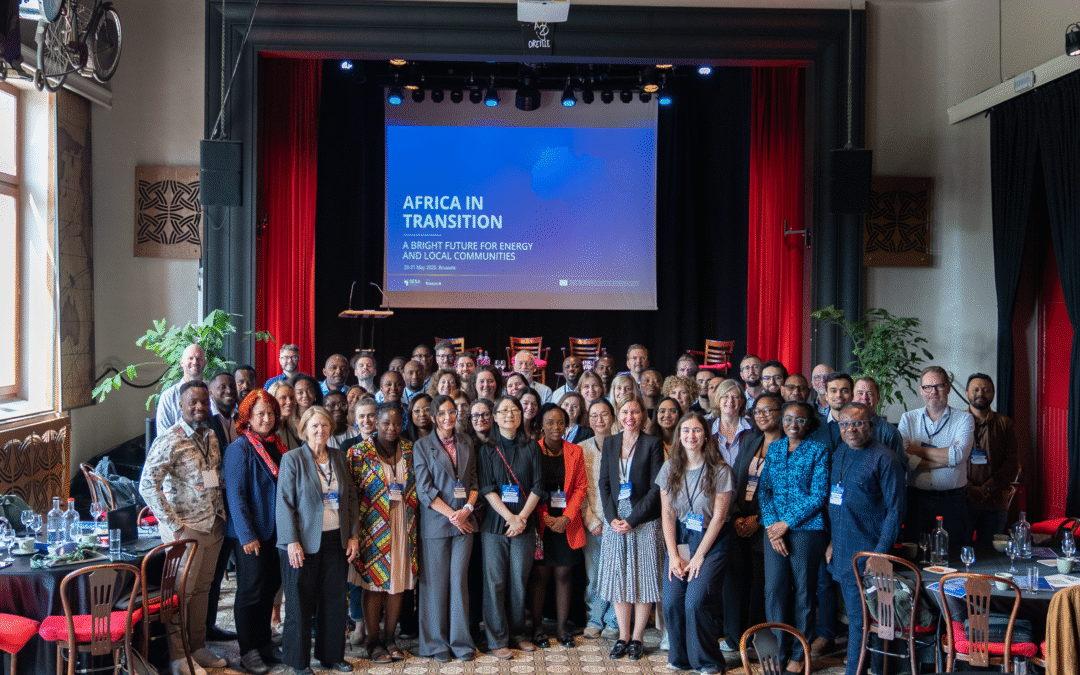
Mission Accomplished: Looking on our final event in Brussels and celebrating SESA’s contribution to African energy
Africa in Transition: Charting a course for a green energy future
The “Africa in Transition: A Bright Future for Energy and Local Communities” event, held on May 20-21, 2025, in Brussels, marked a significant culmination for the SESA (Smart Energy Solutions for Africa) and ENERGICA (Energy Access in Urban and Rural Africa) projects. This dynamic two-day gathering united a diverse group of stakeholders, from policymakers and entrepreneurs to academics and project coordinators, fostering critical discussions on the advancements, challenges, and future trajectory of sustainable energy across Africa.
A unified vision for policy and practice
“The focus of our research and innovation actions with African partners is translating research results into market-ready results by developing renewable energy solutions with local communities to answer their needs, and strengthening local value chains to generate economic growth”. Philippe Schild, Senior Expert Clean Energy Transition, DG Research and Innovation, European Commission
A central theme throughout the event was the critical need for robust policy frameworks to underpin sustainable energy technologies in Africa. Discussions highlighted key recommendations across several central areas:
- Policy and Regulation: Emphasizing the need for frameworks that support maintenance, strengthen local supply chains, and align with international standards. Specific calls included interoperable charging infrastructure and tax incentives for e-mobility, national support for solar SMEs in mini- and nano-grids, and infrastructure for battery recycling. For clean cooking, improved coordination, integrated planning, and financial strategies, along with carbon credit certification, were deemed vital.
- Financial Support: The essential role of accessible finance for both SMEs and customers was underscored, with suggestions for microfinance tailored to local needs and dedicated financial strategies for clean cooking SMEs. The European Commission’s active work on instruments like the European Fund for Sustainable Development and the Fund for Energy Inclusiveness was also highlighted.
- Capacity Building & Awareness: The event stressed the necessity of more training and awareness around new technologies, including identifying skill gaps, providing targeted training through TVETs and universities, and supporting user training via community workshops. Multi-level awareness campaigns, particularly for women and vulnerable groups, were emphasized.
- Local Impact and Collaboration: Ensuring tangible local impact through stakeholder engagement, needs analysis, and fostering strong collaboration with local authorities and the private sector was a recurring message. Business models, it was emphasized, must be designed to be inclusive of vulnerable groups.
- Innovation and Scalability: The importance of “demonstrators” in finding practical, African-centric solutions was a key takeaway, with innovation and demonstration going hand-in-hand. EU-Africa initiatives aim to provide tools and opportunities to further develop and commercialise technologies, building on existing successes rather than starting from scratch.
Discussions were led by Philippe Schild, Senior expert in clean energy transition, DG Research and Innovation, from the European Commission; Marianne Walpert, Co-founder of Simusolar Tanzania; Laura Giappichelli, Policy Officer forClimate Change and Sustainable Energy, Nuclear Safety, DG International Partnerships, from the European Commission; Gregor Riss, Co-Founder and Managing Director of Relevant Ventures; and Kasper Rodil, Associate professor, from the Department of architecture, design and media technology of Aalborg University. The discussion was moderated by Magdalena Sikorowska, SESA project coordinator, from ICLEI Europe.
Real-world innovations and measurable impact
“Ultimately, the long-term relevance, transformative impact, and economic sustainability of any energy technology depend on how effectively it is tailored to the specific needs of its users.” Boris Heinz, ENERGICA coordinator, Technische Universität Berlin, Germany.
Throughout the event, Living Labs sessions brought the discussions to life, showcasing real-world applications and the tangible impact of energy innovations from both ENERGICA and SESA projects:
- E-mobility in Kenya: WeTu’s work in Katito, Kisumu County, as presented by Charles Ogalo, demonstrated retrofitted electric drivetrains for motorbikes and an “Energy-as-a-Service” model with solar charging hubs. Roam Electric, introduced by Habib Lukaya, also presented their locally designed and manufactured electric motorcycles and solar-powered fast-charging hubs in Nairobi.
- Mini and Nano-grids: Solutions from Ghana (presented by Samuel Asare, from Nastech Power Solutions) and Madagascar (introduced by Nicolas Saincy, fro Nanoe Energica), showcased decentralized energy systems, including the innovative use of recycled e-waste and second-life batteries, leading to increased access to clean energy for households and productive uses.
- Water-Food-Energy Nexus: Projects in Tanzania, such as Simusolar, demonstrated solar irrigation systems using a lease-to-own model, while waste-to-energy solutions in Sierra Leone addressed both waste management and energy poverty through anaerobic biogas production. Coen Bakker, from The Waste Transformers (the Netherlands), discussed waste-to-energy solutions, specifically anaerobic biogas for energy and fertilizer production, addressing waste management and energy poverty in peri-urban Sierra Leone.
- Waste to Energy: Diverse approaches, from organic waste digesters to briquette production from cooking oil waste, showed positive impacts on sustainable technology access, clean water, renewable energy, and job creation.
- Fresh Water: Solar-powered pumping systems and photocatalytic water treatment plants in Kenya have provided hundreds of thousands of liters of clean water, significantly improving health outcomes and reducing environmental impact compared to conventional systems.
Entrepreneurs shared valuable insights into viable business models, emphasizing the importance of local financing partners and a holistic approach to supporting companies from accelerators to market entry. Diverse business models like pay-as-you-go, “as-a-service,” lease-to-own, subscription, and franchise models were explored as crucial accelerators for clean energy solutions.
Empowering for a sustainable future
A central theme of the event, particularly emphasized on Day 2 of the event, was the critical importance of enhancing capacity for a sustainable energy transition. This was powerfully underscored by the Watt Counts session, moderated by Jorden van der Hoogt and Esther van Bergen (Cenex Nederland), and Nargish Parvin (RISE Research Institutes of Sweden), alongside speakers Edem Foli (Nelson Mandela University), Susanne Paulrud and Stanley Zira (RISE), Haiping Shen (Norwegian University of Science and Technology), Ibtihal Ait Abdelmoula (Green Energy Park), Samira Nahim (Ciemat – Plataforma Solar de Almeria) and Philipp Baslik (Technische Universität Berlin). It showcased the real-world impact of energy innovations across various sectors, providing concrete data on the tangible benefits and demonstrating the power of well-supported initiatives.
Discussions throughout the event highlighted that tailored capacity building, based on specific needs, is crucial for empowering local governments, SMEs, women, and youth. SESA’s comprehensive capacity-building plan encompasses a variety of methodologies, including incubator programs, peer-to-peer exchanges, regional training, and online short courses. The ENERGICA project also adopted a “learning by doing” approach, integrating community energy systems and identifying daily energy needs to engage communities effectively. This panel was introduced by Claudia Schröder (ICLEI Africa), moderated by Silvia Assalini (ICLEI Europe), with speakers Lena Schmid (Hudara), Jean Damascene Bikorimana (University of Rwanda), Dr. Albert Kotawoke Awopone (AAMUSTED), and Mikael Melitshenko (Smart Innovation Norway).
It was stressed that capacity building goes beyond mere knowledge transfer; it’s about empowerment and enterprise development. There’s a strong need for universities to integrate both technical knowledge and business skills to equip graduates for the market. A key lesson learned is the importance of ensuring that capacity-building sessions lead to practical application and that projects create sustainable jobs beyond their lifespan. Engaging local teams and demonstrating tangible results through “demo parts” are vital for the acceptance of new technologies, exemplified by women-focused clean cooking training sessions in Rwanda, which empowered women with skills in manufacturing, biomass pellet production, and entrepreneurship.
The event concluded with a strong emphasis on the continuous efforts of the European Commission to support renewable energy in Africa through initiatives like the Africa EU Green Energy Transition initiative and Mission 300, supported by the African Development Bank and the World Bank Group. The overarching message was clear: sustained collaboration, targeted financial support, and robust, localized capacity-building initiatives are paramount for accelerating Africa’s green energy transition and fostering a brighter, more sustainable future for its communities.
“In Africa, no policy or technology aimed at advancing the energy transition can succeed without the active involvement of local communities and the leadership of local authorities. Their voices, needs, and realities must be at the heart of every solution.” Magdalena Sikorowska, SESA project coordinator, ICLEI European Secretariat, Belgium.
Click on the titles to access all resources and relevant materials are available for download on our site:
More about our project partner

Energy Access in Urban and Rural Africa (ENERGICA)
ENERGICA is a dynamic project uniting 11 European and 17 African partners with a shared vision of promoting sustainable energy solutions across both continents. The project focuses on developing innovative solutions at three key sites: nano-grids for water and food security in rural Madagascar, biogas and water purification systems in peri-urban Sierra Leone, and solar-powered electric mobility solutions for mototaxis in urban Kenya. ENERGICA’s co-creation approach ensures that the developed solutions are deeply rooted in local needs, fostering greater market uptake and long-term sustainability. The project aims to positively impact 1,500 stakeholders through local business development, job creation, and the promotion of local manufacturing, ultimately driving lasting social, economic, and environmental benefits by integrating energy access with broader economic development.

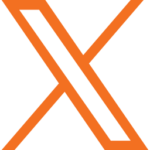
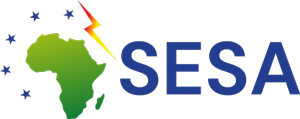
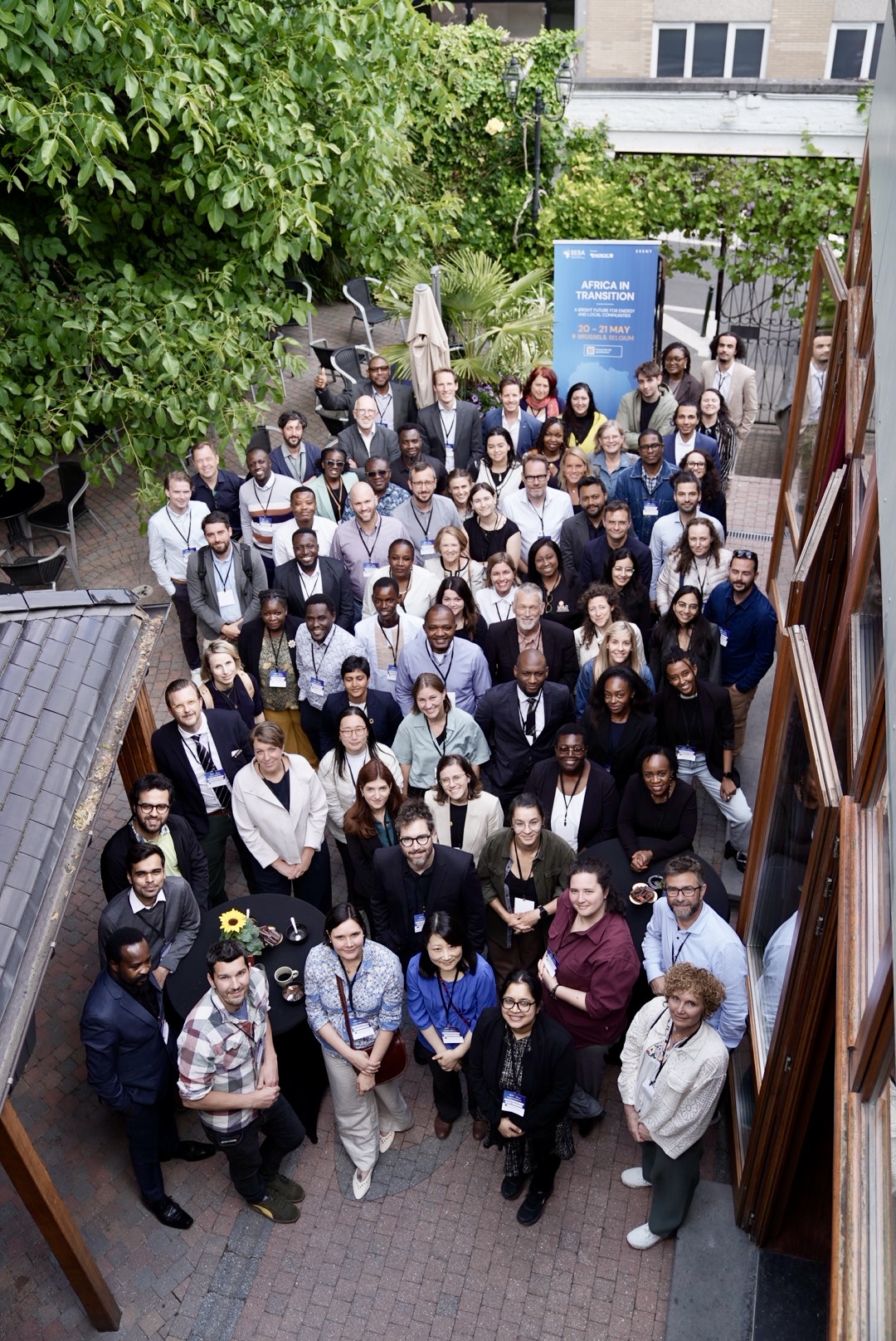
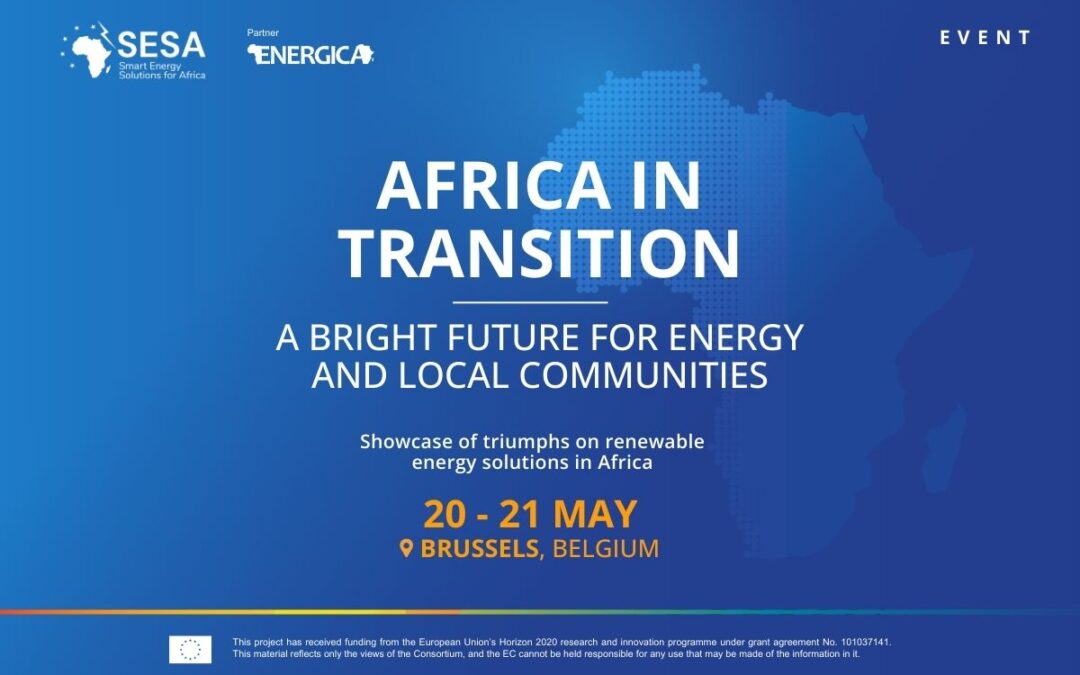




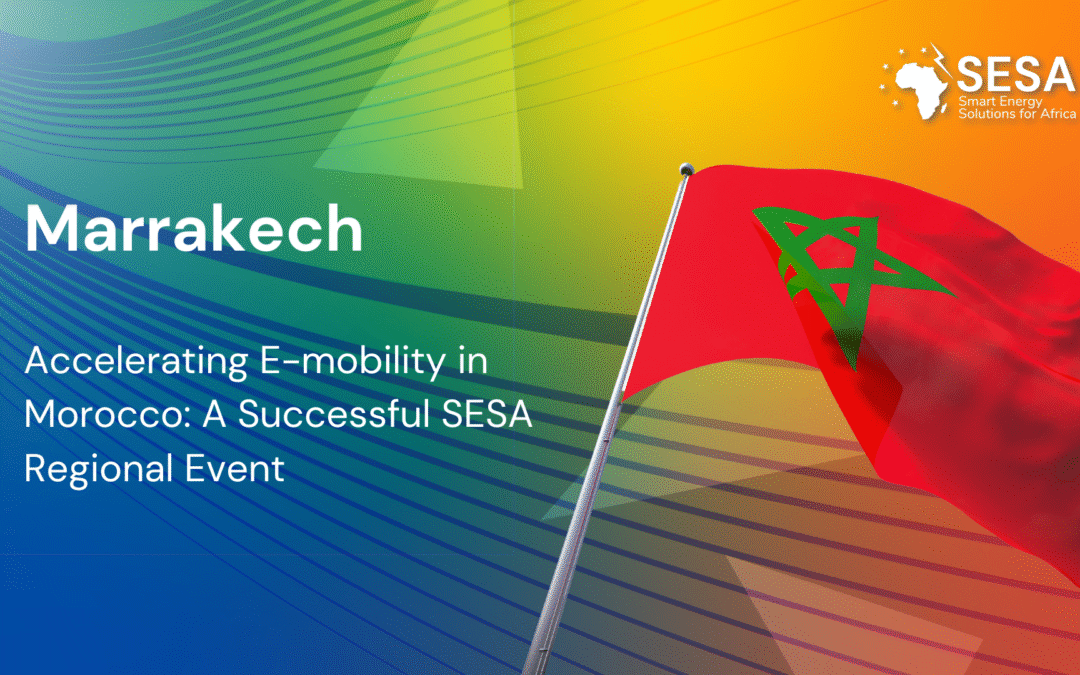


Recent Comments